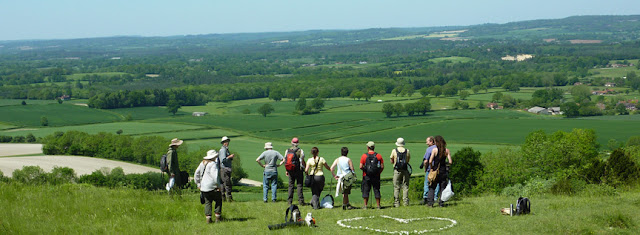Surrey Rare Plant Register
Last week saw the publication of the Surrey Rare Plant Register, a work that has been long in planning and execution. Jointly funded by the Surrey Botanical Society (SBS), the Surrey Wildlife Trust and the late Jean Combes OBE, it is a soft back book some 280 pages thick. Being a member of the SBS and a contributor to the project I could be accused of bias, but it is a truly first-class publication. Way back at the turn of the millennium there was an upturn in my Surrey botanical recording, mainly due to long periods of ill-health and the need (and want) to stay closer to home. In between visits to hospital I would force myself out onto the streets and nearby footpaths to identify and record the plants that I found there - it was educational and oh so helpful in keeping up my spirits as well as maintaining a level of fitness - sometimes I'd forget myself and end up walking miles regardless of my precarious health! These results were then uploaded onto the MapMate database where the...










